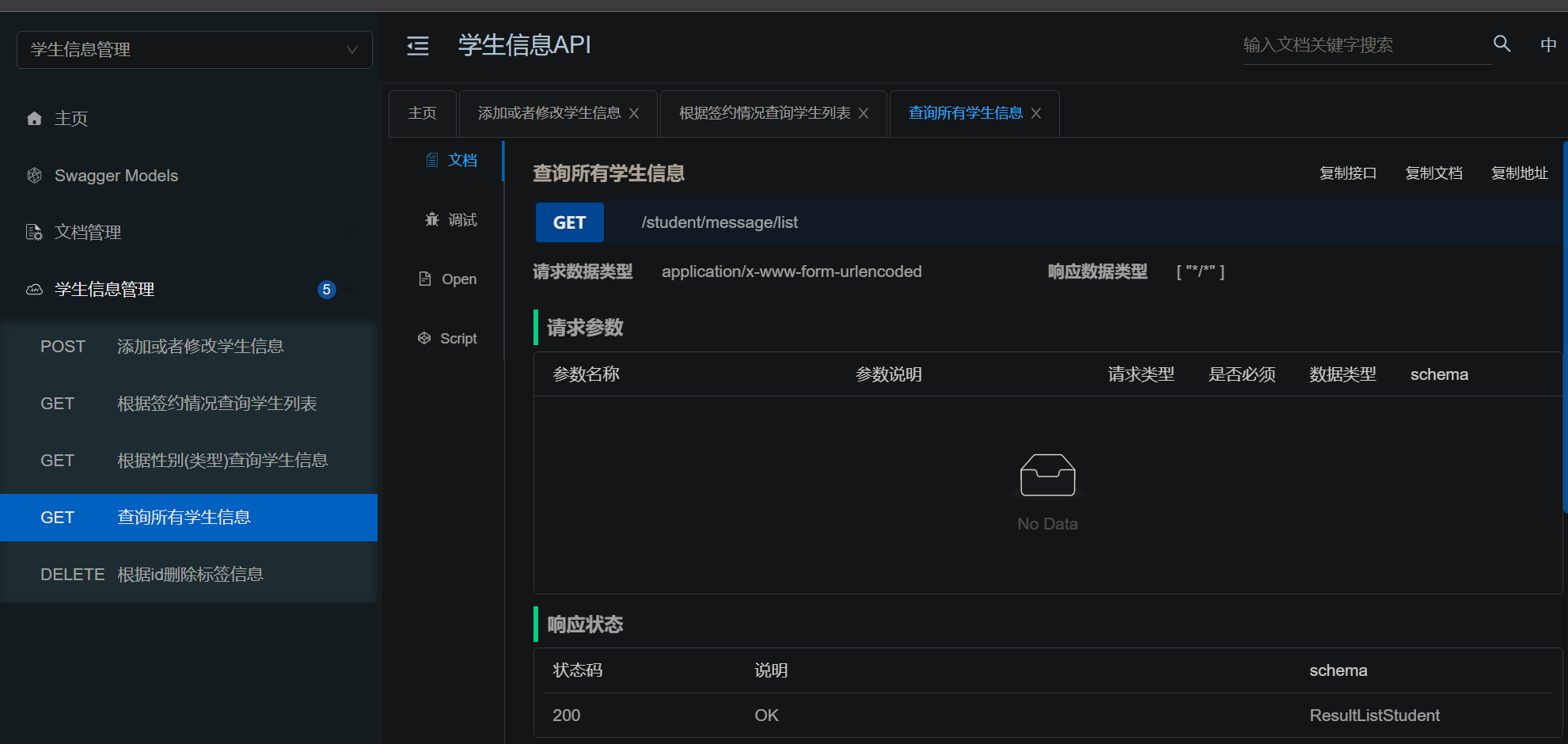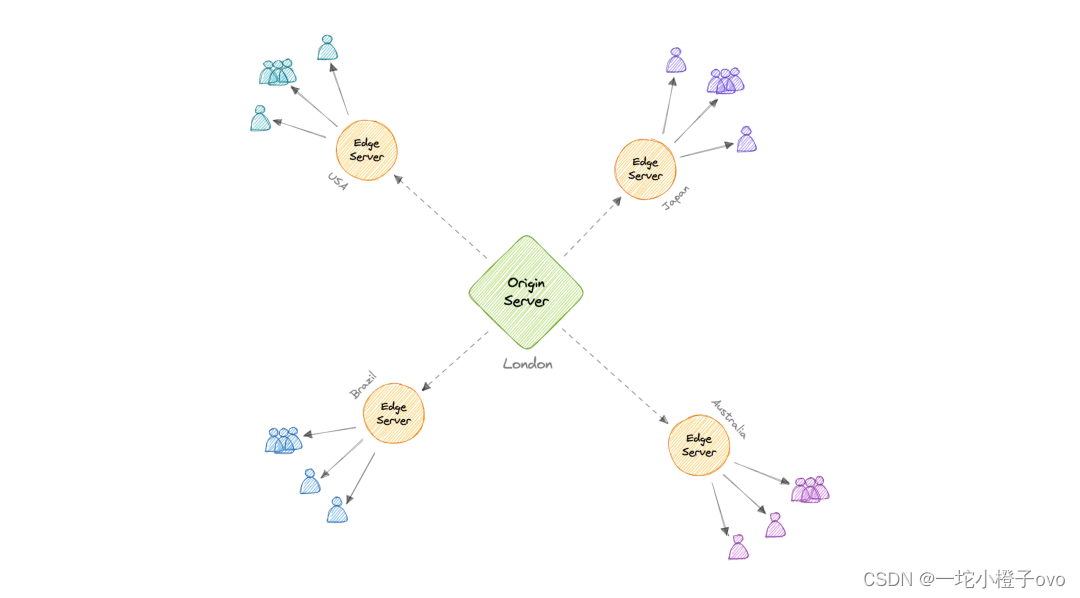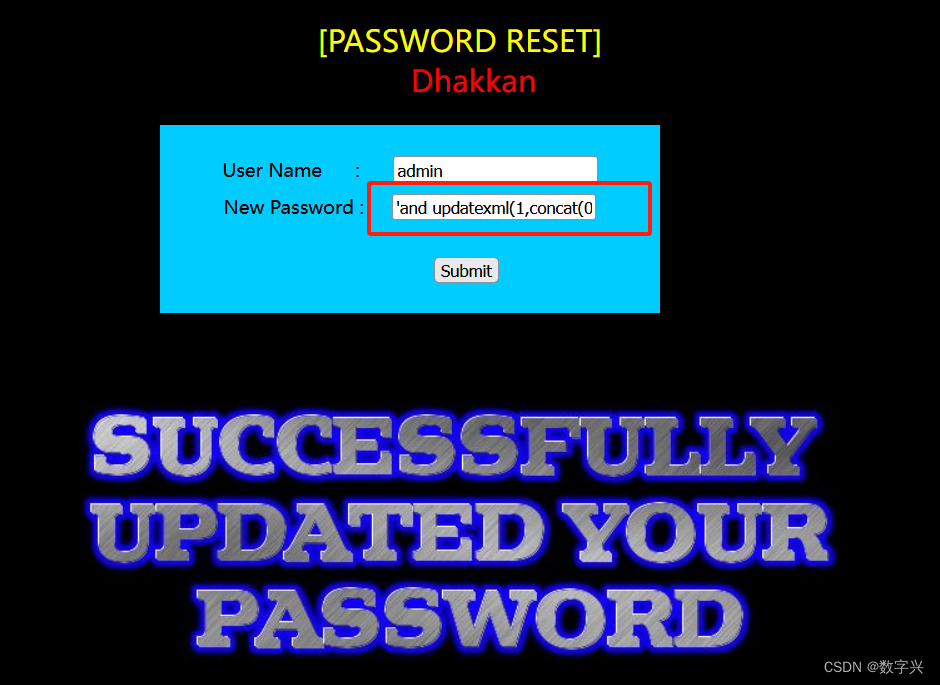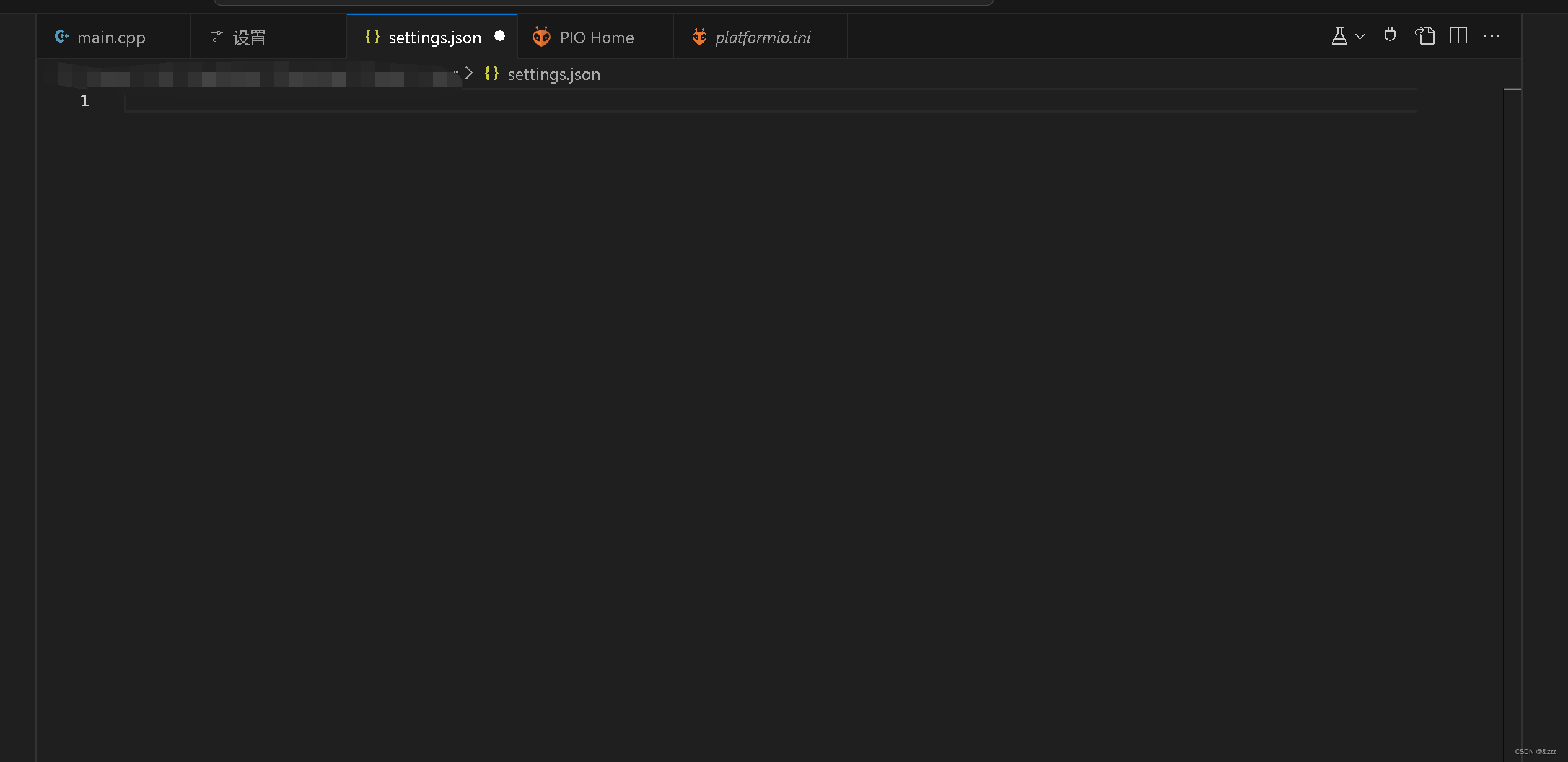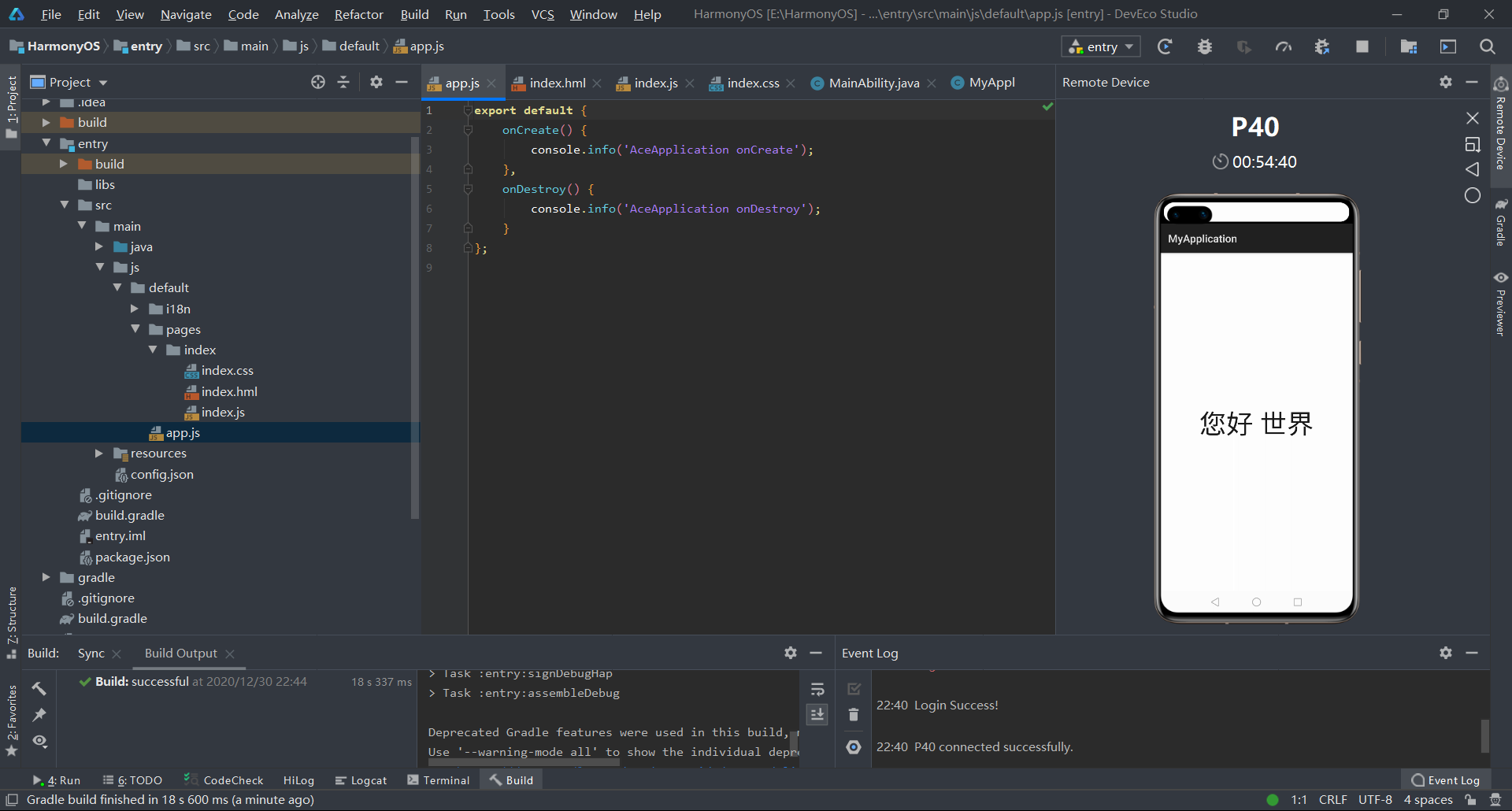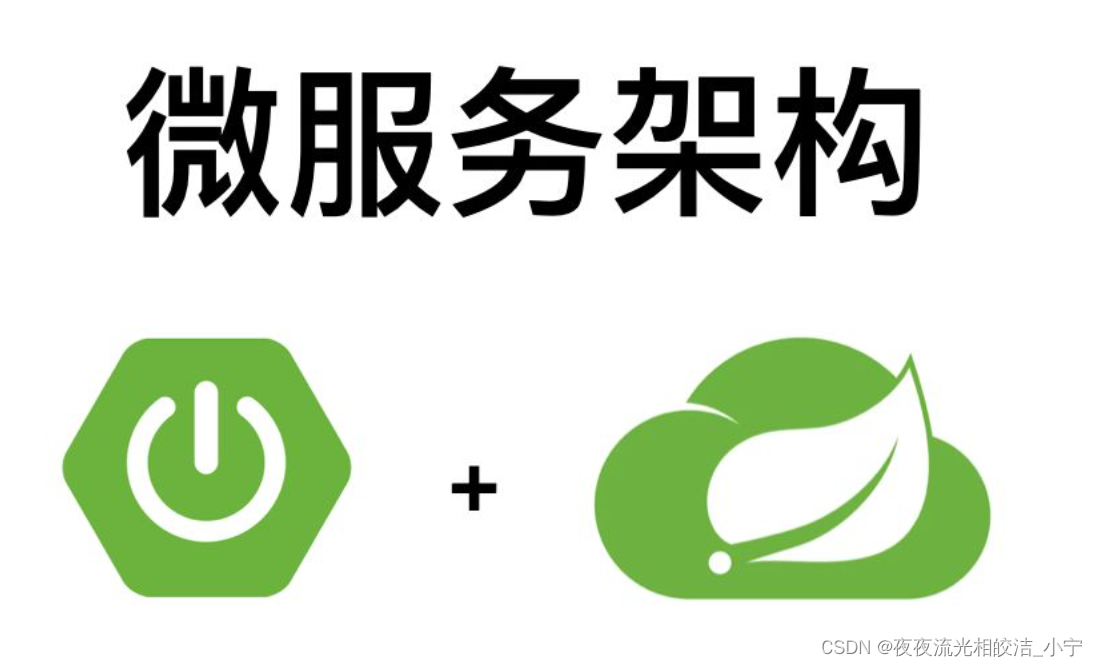文章目录
- 深入分析 Android Service (完)
- 1. Service 的生命周期管理
- 2. Service 的生命周期方法
- 2.1 onCreate()
- 2.2 onStartCommand(Intent intent, int flags, int startId)
- 2.3 onBind(Intent intent)
- 2.4 onUnbind(Intent intent)
- 2.5 onRebind(Intent intent)
- 2.6 onDestroy()
- 3. Service 重启策略
- 4. 使用 Service 进行前台任务
- 5. 实现前台服务示例
- 5.1 创建前台服务
- 5.2 启动前台服务
- 6. Service 的优化和调试
- 6.1 使用 JobScheduler 替代传统 Service
- 6.2 使用 WorkManager 处理后台任务
- 6.3 调试和监控
- 7. 示例代码汇总
- 7.1 服务端代码(Messenger)
- 7.2 客户端代码(Messenger)
- 7.3 服务端代码(AIDL)
- 7.4 客户端代码(AIDL)
- 8. 总结
深入分析 Android Service (完)
1. Service 的生命周期管理
Service 的生命周期管理是确保 Service 能够正确启动、运行、停止和清理资源的关键。理解 Service 的生命周期方法可以帮助开发者更好地管理和优化 Service。
2. Service 的生命周期方法
Service 的主要生命周期方法包括:
onCreate()onStartCommand(Intent intent, int flags, int startId)onBind(Intent intent)onUnbind(Intent intent)onRebind(Intent intent)onDestroy()
2.1 onCreate()
在 Service 被创建时调用。通常在这里初始化任何必要的资源。
@Override
public void onCreate() {
super.onCreate();
// 初始化资源,如线程池、数据库连接等
}
2.2 onStartCommand(Intent intent, int flags, int startId)
在每次通过 startService() 方法启动 Service 时调用。此方法是处理实际业务逻辑的主要入口。返回值决定系统如何在服务因内存不足而被杀死后重启它。
@Override
public int onStartCommand(Intent intent, int flags, int startId) {
// 处理业务逻辑,如下载文件、播放音乐等
return START_STICKY; // START_NOT_STICKY, START_REDELIVER_INTENT, or START_STICKY_COMPATIBILITY
}
2.3 onBind(Intent intent)
在客户端绑定到 Service 时调用。返回一个 IBinder 对象,用于与客户端通信。
@Override
public IBinder onBind(Intent intent) {
// 返回通信接口
return binder;
}
2.4 onUnbind(Intent intent)
在所有客户端都解绑时调用。通常在这里清理与绑定相关的资源。
@Override
public boolean onUnbind(Intent intent) {
// 清理绑定相关资源
return super.onUnbind(intent);
}
2.5 onRebind(Intent intent)
在之前调用了 onUnbind() 后,新的客户端再次绑定到 Service 时调用。
@Override
public void onRebind(Intent intent) {
super.onRebind(intent);
}
2.6 onDestroy()
在 Service 被销毁前调用。通常在这里清理所有资源。
@Override
public void onDestroy() {
super.onDestroy();
// 释放资源
}
3. Service 重启策略
onStartCommand 方法的返回值决定了当 Service 因系统内存不足被杀死后,系统如何重启它:
START_STICKY:服务被系统终止后会自动重启。Intent 不会保留,意味着数据不会保留,但服务会继续运行。START_NOT_STICKY:服务被系统终止后不会自动重启,除非有新的 Intent。START_REDELIVER_INTENT:服务被系统终止后会自动重启,并重传最后一个 Intent。START_STICKY_COMPATIBILITY:类似于START_STICKY,但用于兼容低版本。
4. 使用 Service 进行前台任务
为了确保 Service 在后台运行时不被系统终止,可以将 Service 提升为前台服务。这可以通过调用 startForeground() 方法实现,并提供一个持续显示的通知。
5. 实现前台服务示例
5.1 创建前台服务
public class ForegroundService extends Service {
@Override
public void onCreate() {
super.onCreate();
Notification notification = createNotification();
startForeground(1, notification);
}
private Notification createNotification() {
NotificationManager notificationManager = (NotificationManager) getSystemService(Context.NOTIFICATION_SERVICE);
String channelId = "foreground_service_channel";
if (Build.VERSION.SDK_INT >= Build.VERSION_CODES.O) {
NotificationChannel channel = new NotificationChannel(channelId, "Foreground Service Channel", NotificationManager.IMPORTANCE_DEFAULT);
notificationManager.createNotificationChannel(channel);
}
NotificationCompat.Builder builder = new NotificationCompat.Builder(this, channelId)
.setContentTitle("Foreground Service")
.setContentText("Service is running in the foreground")
.setSmallIcon(R.drawable.ic_service_icon);
return builder.build();
}
@Override
public int onStartCommand(Intent intent, int flags, int startId) {
// 处理业务逻辑
return START_STICKY;
}
@Override
public IBinder onBind(Intent intent) {
return null;
}
@Override
public void onDestroy() {
super.onDestroy();
stopForeground(true);
}
}
5.2 启动前台服务
在 Activity 中启动前台服务:
Intent intent = new Intent(this, ForegroundService.class);
startService(intent);
6. Service 的优化和调试
为了优化 Service 的性能和可靠性,可以采用以下方法:
6.1 使用 JobScheduler 替代传统 Service
对于需要在特定条件下运行的任务,推荐使用 JobScheduler,它可以根据系统资源和条件优化任务的执行时间。
JobScheduler jobScheduler = (JobScheduler) getSystemService(Context.JOB_SCHEDULER_SERVICE);
JobInfo jobInfo = new JobInfo.Builder(1, new ComponentName(this, MyJobService.class))
.setRequiredNetworkType(JobInfo.NETWORK_TYPE_UNMETERED)
.setRequiresCharging(true)
.build();
jobScheduler.schedule(jobInfo);
6.2 使用 WorkManager 处理后台任务
WorkManager 提供了一种现代化的任务调度机制,适用于需要保证任务执行的场景。它可以自动处理任务的重试和约束条件。
OneTimeWorkRequest workRequest = new OneTimeWorkRequest.Builder(MyWorker.class)
.setConstraints(new Constraints.Builder().setRequiresCharging(true).build())
.build();
WorkManager.getInstance(this).enqueue(workRequest);
6.3 调试和监控
使用 StrictMode 检测潜在的性能问题,如磁盘读写和网络访问:
if (BuildConfig.DEBUG) {
StrictMode.setThreadPolicy(new StrictMode.ThreadPolicy.Builder()
.detectAll()
.penaltyLog()
.build());
StrictMode.setVmPolicy(new StrictMode.VmPolicy.Builder()
.detectAll()
.penaltyLog()
.build());
}
利用 Android Studio 的 Profiler 工具监控 Service 的 CPU、内存和网络使用情况,以识别和解决性能瓶颈。
7. 示例代码汇总
7.1 服务端代码(Messenger)
public class MessengerService extends Service {
static final int MSG_SAY_HELLO = 1;
class IncomingHandler extends Handler {
@Override
public void handleMessage(Message msg) {
switch (msg.what) {
case MSG_SAY_HELLO:
Toast.makeText(getApplicationContext(), "Hello!", Toast.LENGTH_SHORT).show();
break;
default:
super.handleMessage(msg);
}
}
}
final Messenger messenger = new Messenger(new IncomingHandler());
@Override
public IBinder onBind(Intent intent) {
return messenger.getBinder();
}
}
7.2 客户端代码(Messenger)
public class MainActivity extends AppCompatActivity {
Messenger messenger = null;
boolean isBound = false;
private ServiceConnection connection = new ServiceConnection() {
@Override
public void onServiceConnected(ComponentName name, IBinder service) {
messenger = new Messenger(service);
isBound = true;
}
@Override
public void onServiceDisconnected(ComponentName name) {
messenger = null;
isBound = false;
}
};
@Override
protected void onCreate(Bundle savedInstanceState) {
super.onCreate(savedInstanceState);
setContentView(R.layout.activity_main);
Intent intent = new Intent(this, MessengerService.class);
bindService(intent, connection, Context.BIND_AUTO_CREATE);
Button sendButton = findViewById(R.id.sendButton);
sendButton.setOnClickListener(v -> {
if (isBound) {
Message msg = Message.obtain(null, MessengerService.MSG_SAY_HELLO, 0, 0);
try {
messenger.send(msg);
} catch (RemoteException e) {
e.printStackTrace();
}
}
});
}
@Override
protected void onDestroy() {
super.onDestroy();
if (isBound) {
unbindService(connection);
isBound = false;
}
}
}
7.3 服务端代码(AIDL)
public class MyAidlService extends Service {
private final IMyAidlInterface.Stub binder = new IMyAidlInterface.Stub() {
@Override
public int add(int a, int b) {
return a + b;
}
};
@Override
public IBinder onBind(Intent intent) {
return binder;
}
}
7.4 客户端代码(AIDL)
public class MainActivity extends AppCompatActivity {
IMyAidlInterface myAidlService = null;
boolean isBound = false;
private ServiceConnection connection = new ServiceConnection() {
@Override
public void onServiceConnected(ComponentName name, IBinder service) {
myAidlService = IMyAidlInterface.Stub.asInterface(service);
isBound = true;
}
@Override
public void onServiceDisconnected(ComponentName name) {
myAidlService = null;
isBound = false;
}
};
@Override
protected void onCreate(Bundle savedInstanceState) {
super.onCreate(savedInstanceState);
setContentView(R.layout.activity_main);
Intent intent = new Intent(this, MyAidlService.class);
bindService(intent, connection, Context.BIND_AUTO_CREATE);
Button addButton = findViewById(R.id.addButton);
addButton.setOnClickListener(v -> {
if (isBound) {
try {
int result = myAidlService.add(5, 3);
Toast.makeText(MainActivity.this, "Result: " + result, Toast.LENGTH_SHORT).show();
} catch (RemoteException e) {
e.printStackTrace();
}
}
});
}
@Override
protected void onDestroy() {
super.onDestroy();
if (isBound) {
unbindService(connection);
isBound = false;
}
}
}
8. 总结
通过合理设计和优化 Android Service,可以确保应用在后台高效、稳定地运行,提供良好的用户体验。希望本系列文章能够帮助开发者更深入地理解 Service 的工作机制和优化策略,为开发高质量的 Android 应用提供参考和指导。
| 欢迎点赞|关注|收藏|评论,您的肯定是我创作的动力 |

